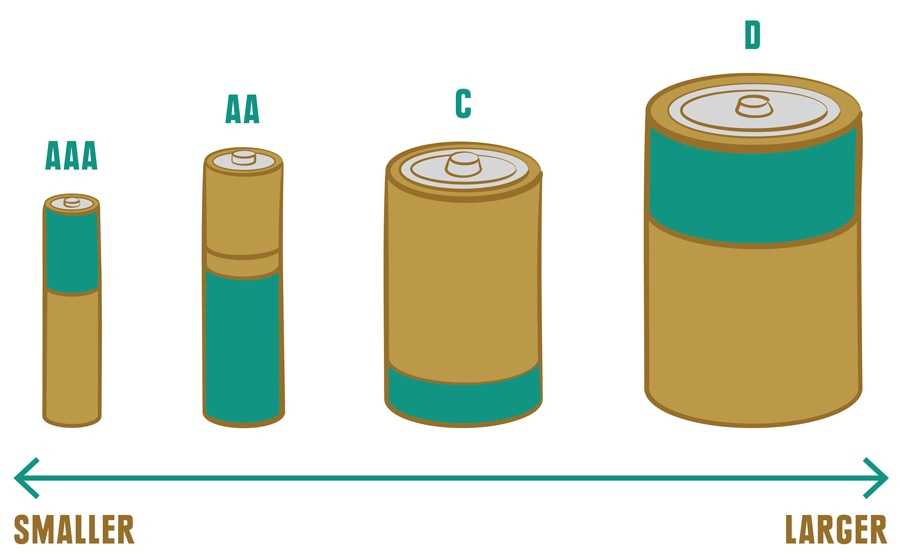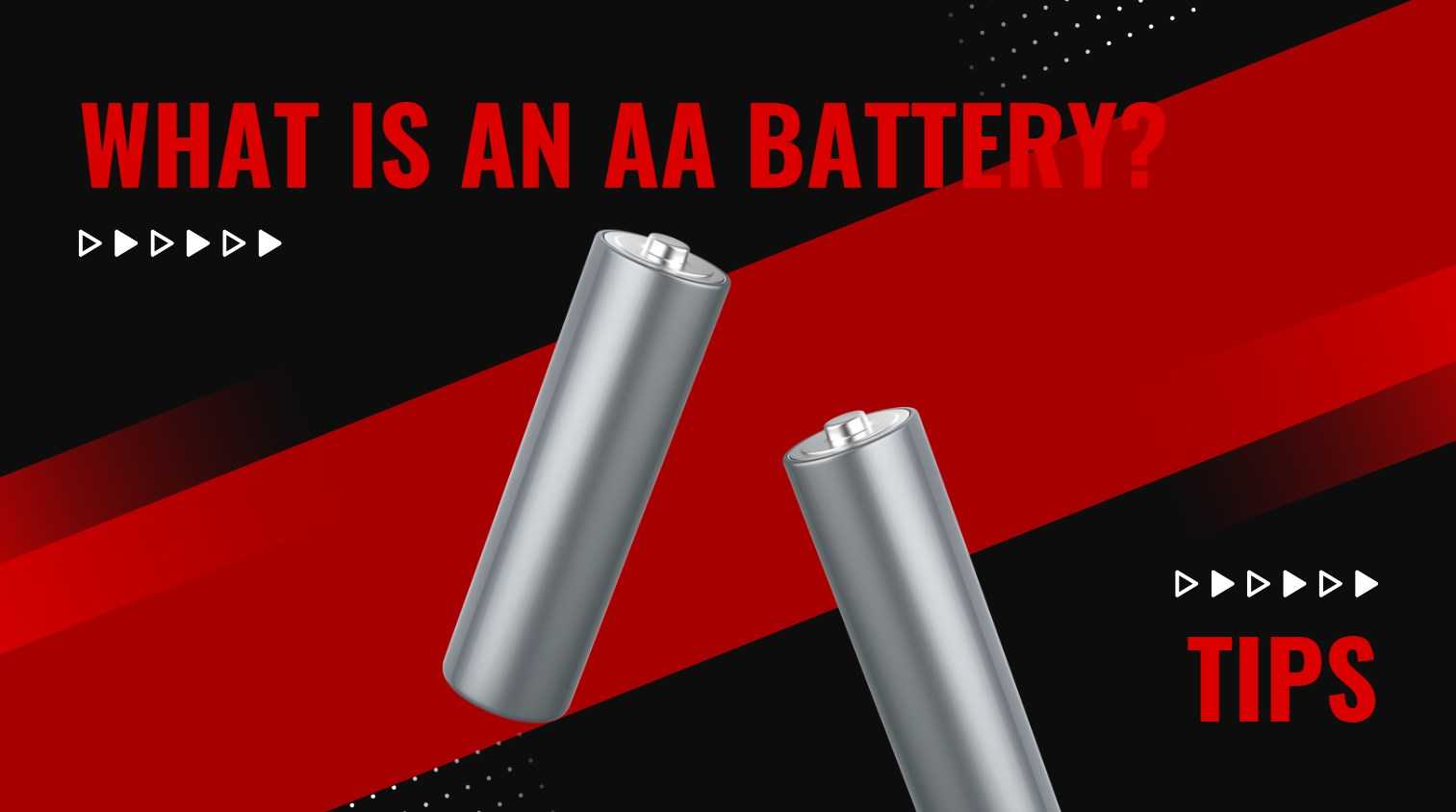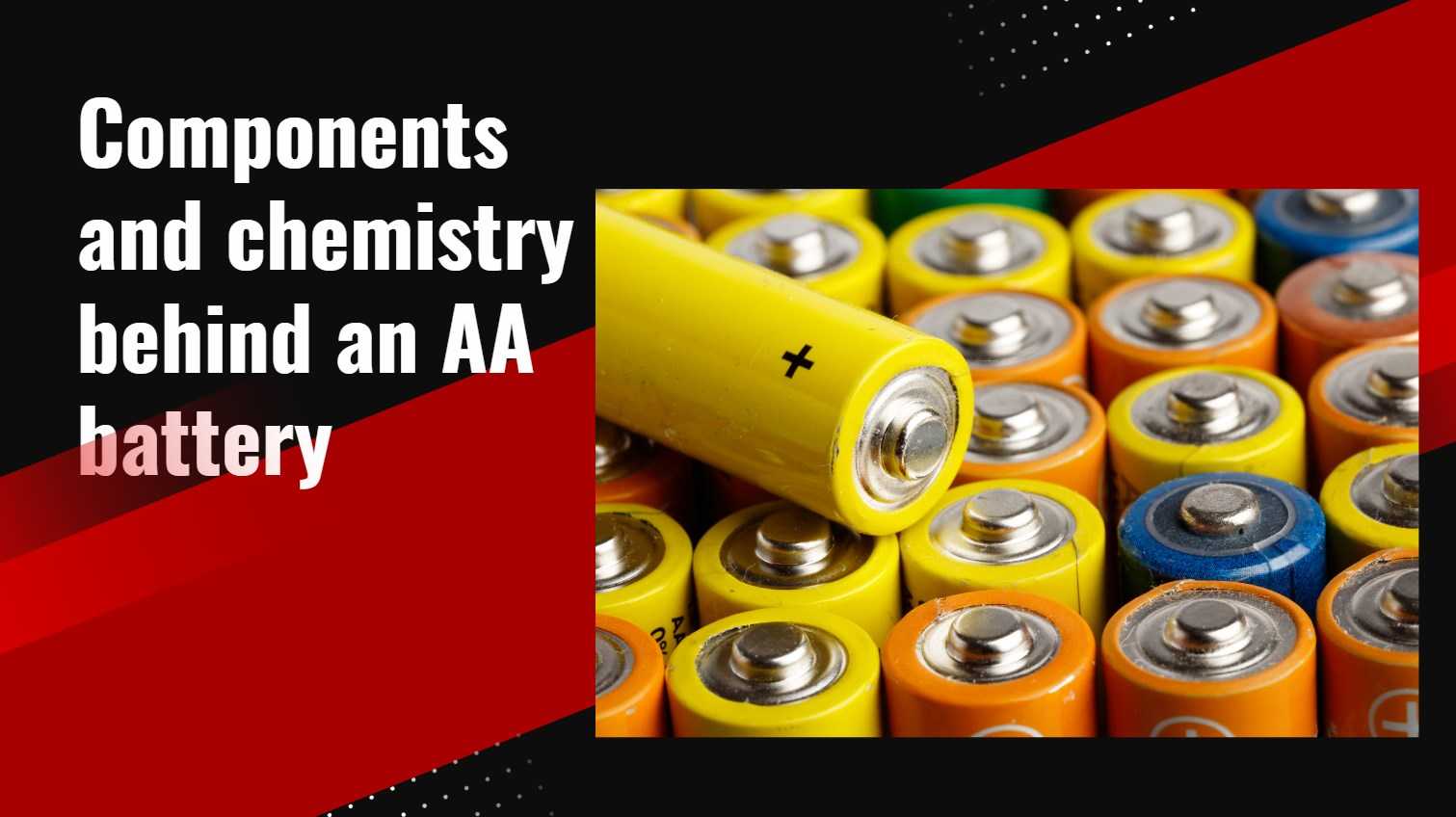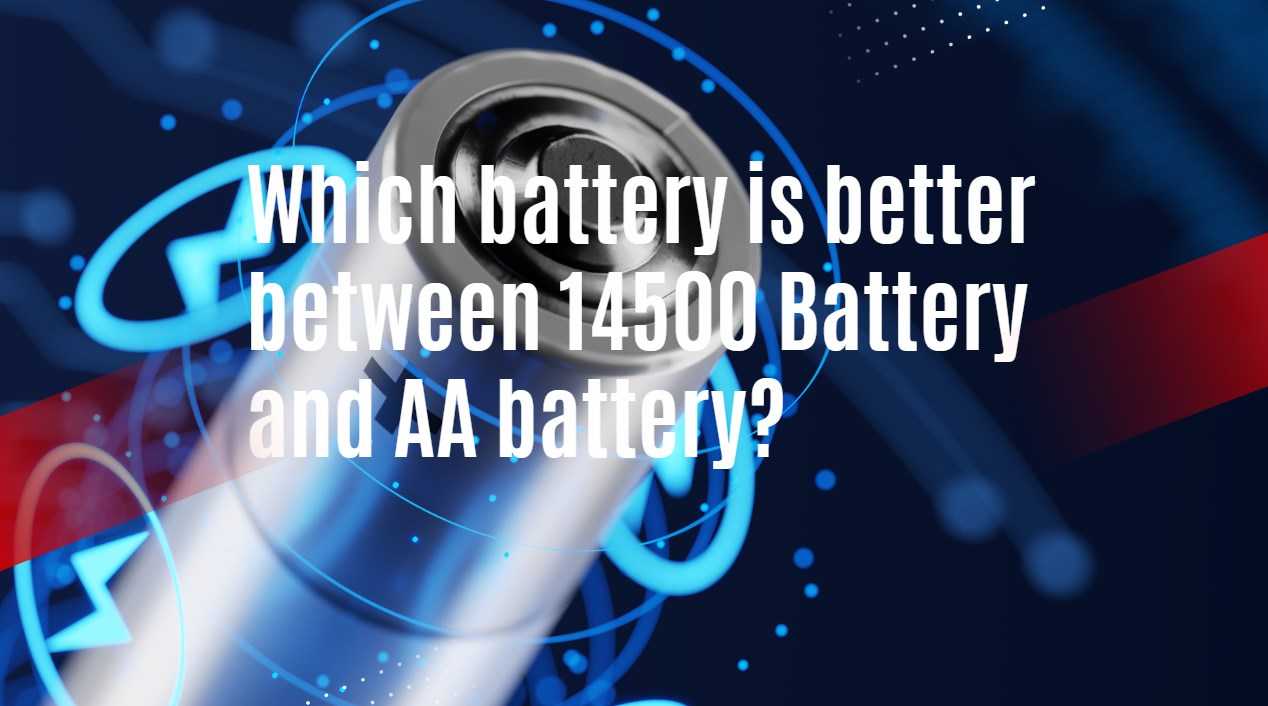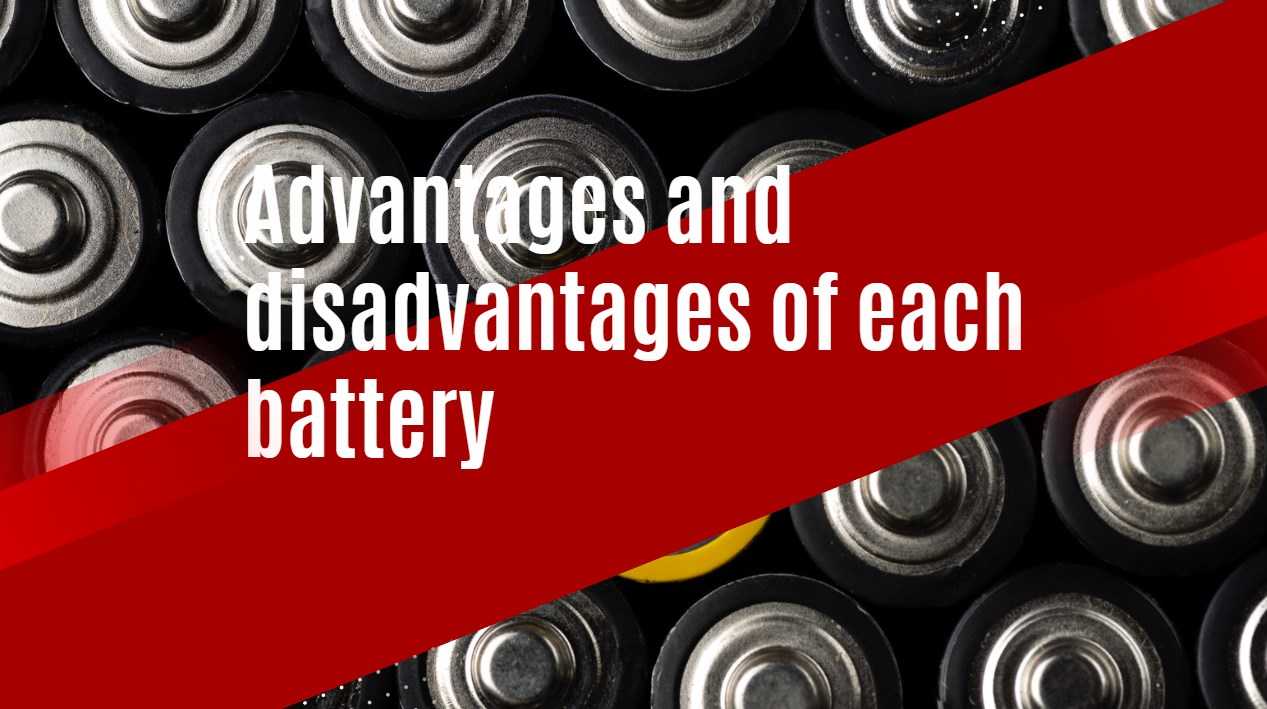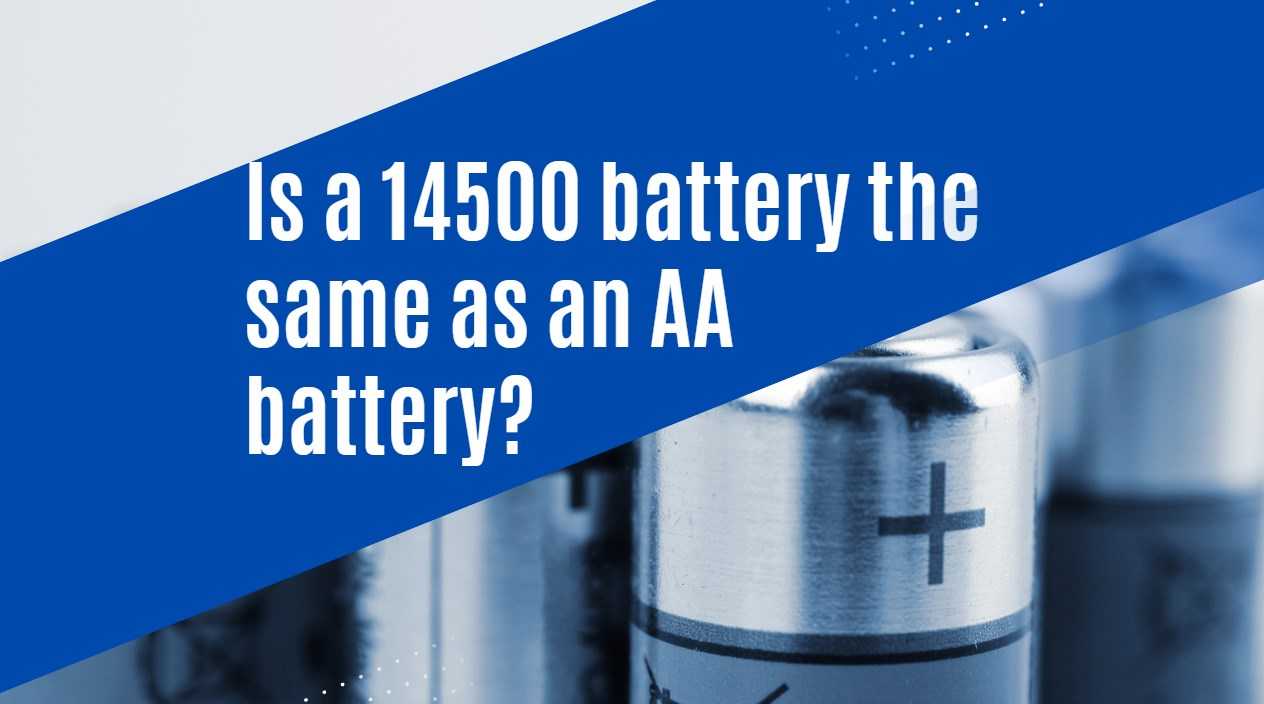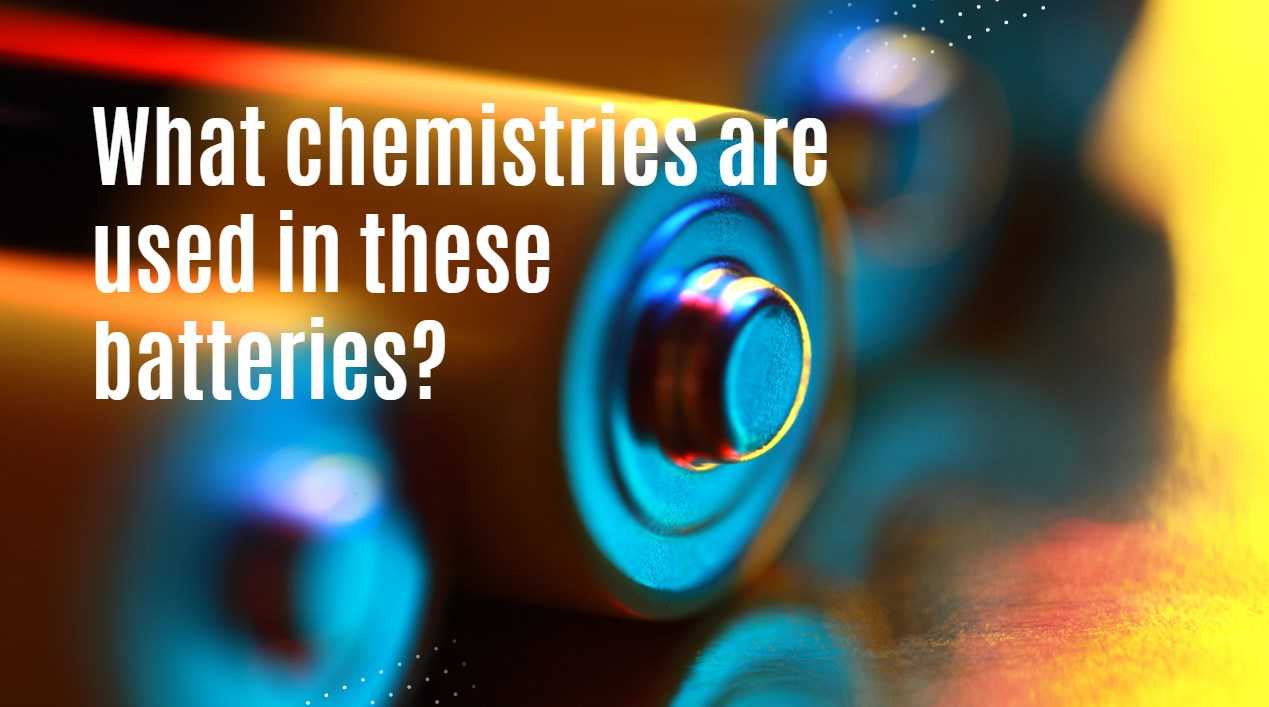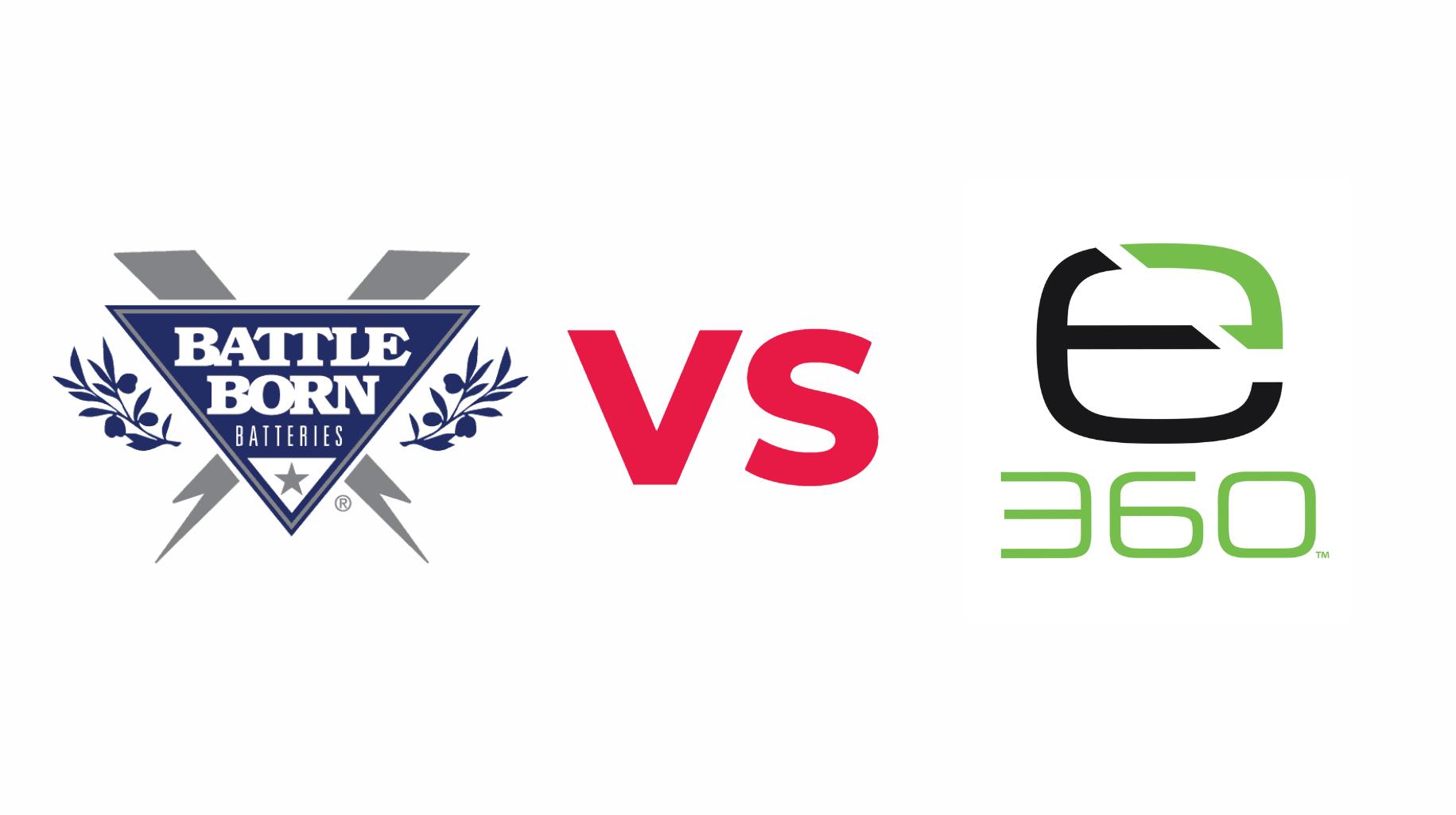What Are the Best AA Batteries for Winter Use?
In winter, choosing the right AA batteries is crucial to ensure reliable performance in low temperatures, with lithium batteries generally being the best option due to their superior cold-weather resilience and longevity compared to alkaline varieties.
How Does Temperature Affect AA Battery Performance?
Cold temperatures can drastically reduce the performance of AA batteries, particularly alkaline types, which contain a water-based electrolyte that can freeze and hinder chemical reactions essential for power generation. In contrast, lithium batteries utilize a non-aqueous electrolyte, allowing them to maintain their efficiency even at extreme temperatures as low as -40°F (-40°C).
What Are the Best AA Batteries for Winter Conditions?
For optimal performance during winter, lithium AA batteries are recommended due to their ability to operate effectively in frigid temperatures without significant loss of capacity or voltage. The Energizer Ultimate Lithium is often highlighted as a top choice, providing exceptional longevity and reliability under harsh conditions.
How Do Lithium Batteries Perform in Cold Weather?
Lithium batteries excel in cold weather applications because they maintain voltage levels longer than their alkaline counterparts, which can lose up to 75% of their capacity at around 0°F (-18°C). This resilience makes lithium batteries ideal for devices used outdoors or in unheated environments during winter months.
What Are the Limitations of Alkaline Batteries During Winter?
Alkaline batteries struggle significantly in cold weather due to their water-based electrolyte, which can freeze and slow down chemical reactions necessary for generating electricity. As temperatures drop, these batteries may not only provide reduced power but also fail prematurely, making them less reliable for winter use.
What Advantages Do Rechargeable AA Batteries Offer?
Rechargeable AA batteries, such as nickel-metal hydride (NiMH) types, offer benefits like reusability and reduced environmental impact; however, they do not perform as well as lithium batteries in cold conditions. Their capacity can diminish rapidly when exposed to freezing temperatures, making them less suitable for extreme winter applications.
How to Choose the Right AA Battery for Cold Weather Applications?
When selecting AA batteries for winter use, consider factors such as temperature rating, shelf life, and intended application. Lithium batteries are generally best for extreme conditions, while alkaline may suffice for mild cold environments where temperatures do not drop significantly below freezing.
What Expert Recommendations Exist for Winter Battery Use?
Experts consistently recommend lithium batteries like Energizer Ultimate Lithium or Duracell Quantum Alkaline as reliable options during winter months due to their superior performance characteristics in low temperatures and longevity compared to standard alkaline options.
What Are the Best Practices for Storing Batteries in Winter?
To maximize battery life and performance during winter:
- Store batteries in a cool, dry place away from direct sunlight.
- Keep them insulated from extreme cold by using protective cases or pouches.
- Avoid exposing them to moisture or damp environments that could cause corrosion.
How Do Environmental Conditions Affect Battery Life?
Environmental factors such as humidity and temperature fluctuations can impact battery performance and lifespan significantly. Keeping batteries at stable temperatures and dry conditions helps maintain their efficiency and prolongs their usability.Expert Views:
“Selecting the right battery type based on environmental conditions is crucial; lithium options provide unmatched reliability during harsh winters,” says battery expert John Smith from Power Solutions Inc.
FAQ Section
What type of AA battery is best for cold weather?
Lithium AA batteries are best suited for cold weather due to their ability to perform well at low temperatures without significant capacity loss.How long do lithium AA batteries last in cold conditions?
Lithium AA batteries can last significantly longer than alkaline types in cold weather, maintaining consistent power over extended periods.Are rechargeable batteries good for winter use?
Rechargeable NiMH or NiCd batteries may not perform well in extreme cold; lithium disposables are generally recommended instead.
Low Temperature / AA Battery
Conclusion
Selecting the right AA batteries for winter can significantly impact the performance of your devices. Lithium AA batteries, with their superior cold-weather resilience, are the best choice for ensuring consistent power in harsh conditions. By understanding the differences between battery types and implementing strategies to maintain warmth, you can optimize battery life and reliability during winter.
For more in-depth information, consider exploring our additional resources on battery performance and maintenance. Ensure you have the best AA batteries this winter to keep your devices running smoothly.
Explore our range of batteries at our store and online to find the perfect power solutions for all your winter needs.
Know more:
best aa battery for cold weather
low temperature aa batteries
can aa batteries freeze
Know more:
What type of AA battery is best for cold weather?
Lithium AA batteries are the best choice for cold weather. They perform well in extreme temperatures, down to -40°F, and have a longer shelf life compared to alkaline batteries. Lithium batteries maintain their power better in cold conditions and are ideal for high-drain devices.
Why are lithium batteries better than alkaline in cold conditions?
Lithium batteries outperform alkaline batteries in cold weather because they have a lower internal resistance and maintain voltage longer under load. Alkaline batteries can lose up to 75% of their capacity at temperatures around 0°F, making them unreliable for outdoor use in winter.
How long do lithium AA batteries last in cold weather?
Lithium AA batteries can last significantly longer than alkaline batteries in cold weather, often providing consistent power for several hours or even days, depending on the device. Their performance remains stable at low temperatures, making them suitable for outdoor electronics.
Are rechargeable batteries a good option for cold weather?
Rechargeable Nickel-Metal Hydride (NiMH) batteries can work in cooler temperatures but generally perform poorly below freezing. For reliable performance in extreme cold, lithium disposable batteries are recommended over rechargeable options due to their superior capacity and longevity.
Where can I find high-quality lithium AA batteries?
High-quality lithium AA batteries, such as Energizer Ultimate Lithium or Panasonic Eneloop, can be found at most electronics retailers and online stores. Look for products specifically labeled for extreme temperature performance to ensure reliability in cold conditions.


